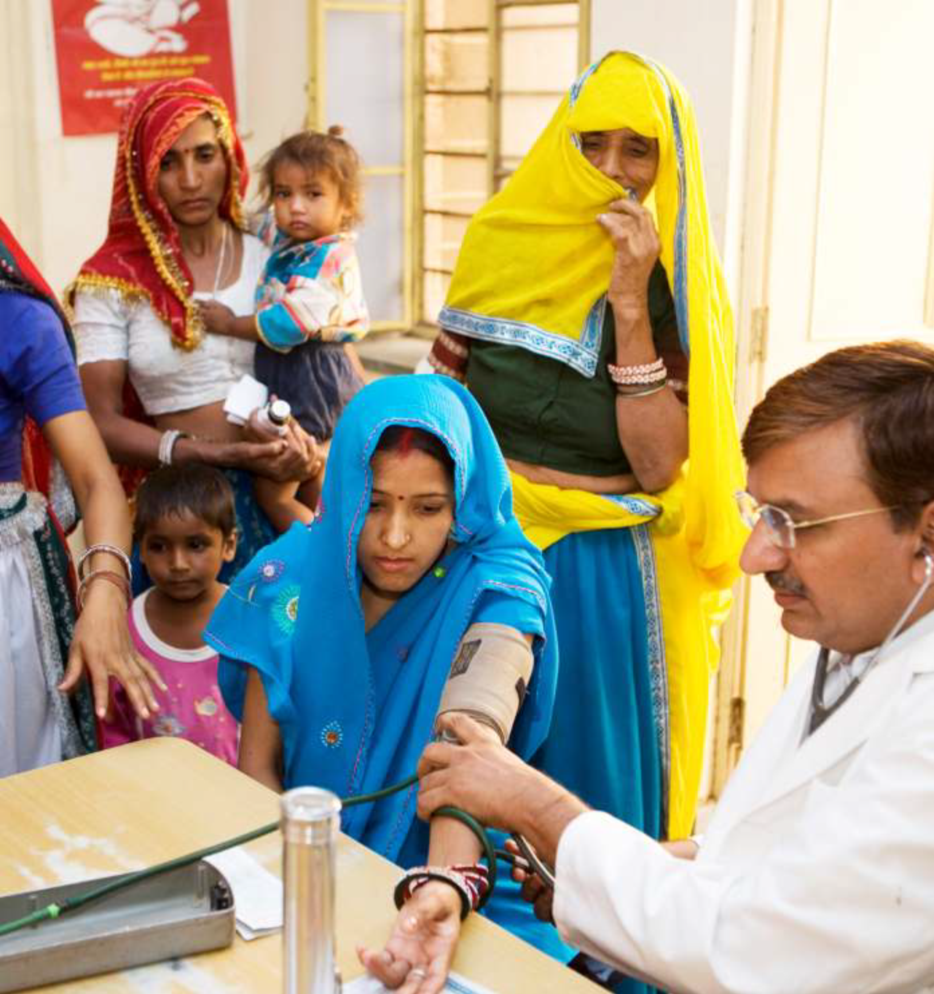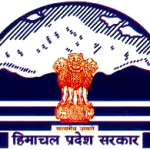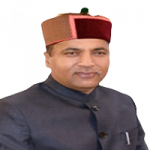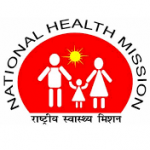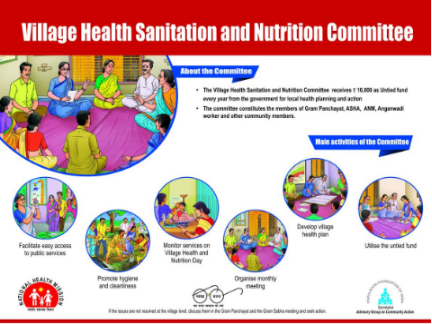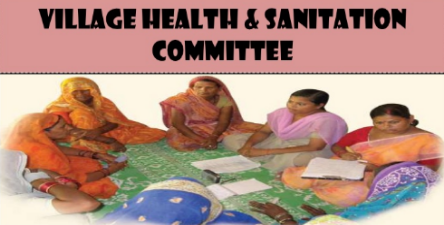Community Process Programme
To achieve this goal, the program components in NRHM are the ASHA, the Village Health Sanitation and Nutrition Committee (VHSNC), community programme, involvement of NGOs and public participation in facility based committees. While the ASHA is intended to facilitate access to health services, mobilize communities to realize health rights and access entitlements and provide basic community level care, the other elements focus on promoting action by village level organisations and enhance people’s participation in service delivery.
Breif about the ASHA Programme
The ASHA programme was started in 2005 in India However Himachal Pradesh recruited ASHAs in 2014. Presently 7708 ASHAs have been recruited in the State. ASHA is on performance based incentive funded by GoI. On an average an ASHA in the State are claiming monthly incentive of Rs 2000/- per month. Besides this ASHA is getting additional incentive of Rs 1250/- PM from the State Budget.
Training of ASHA
- Rural ASHAs: Almost all ASHAs are trained in induction module + Round I-IV of module 6&7. 90% of ASHAs are trained in Round-IV of module 6&7.
- Urban ASHAs: Almost all ASHAs are trained in Induction module.
Introduction :-
Village Health Sanitation & Nutrition Committee (VHSNC)
One of the key elements of the National Rural Health Mission is the Village Health , Sanitation and Nutrition committee (VHSNC). The committee has been formed to take collective actions on issues related to health and its social determinants at the village level. They are particularly envisaged as being central to ‘local level community action’ under NRHM, which would develop to support the process of Decentralised Health Planning. Thus the committee is envisaged to take leadership in providing a platform for improving health awareness and access of community for health services, address specific local needs and serve as a mechanism for community based planning and monitoring.
Roles and Responsibilities
- Create awareness about nutritional issues and significance of nutrition as an important determinant of health.
- Carry out survey on nutritional status and nutritional deficiencies in the village especially among women and children.
- Identify locally available food stuffs of high nutrient value as well as disseminate and promote best practices (traditional wisdom) congruent with local culture, capabilities and physical environment through a process of community consultation.
- Inclusion of Nutritional needs in the Village Health Plan – The committee will do an in-depth analysis of causes of malnutrition at the community and household levels, by involving the ANM, AWW, ASHA and ICDS Supervisors.
- Monitoring and Supervision of Village Health and Nutrition Day to ensure that it is organized every month in the village with the active participation of the whole village.
- Facilitate early detection of malnourished children in the community; tie up referral to the nearest Nutritional Rehabilitation Centre (NRC) as well as follow up for sustained outcome.
- Supervise the functioning of Anganwadi Centre (AWC) in the village and facilitate its working in improving nutritional status of women and children.
- Act as a grievances redressal forum on health and nutrition issues.
VHSNC are formed at ASHA Village levels with goal towards improving the community participation. An annual untied grant of Rs 10000 is funded by NHM to each VHSNC for local level expenditure
Status:Number of VHSNCs formed; 7723
Way forward:- Training of VHSNC members is Completed in May, 2018.
INTRODUCTION (VHND)
The VHND is to be organized once every month (preferably on Wednesdays, and for those villages that have been left out, on any other day of the same month) at the AWC in the village. This will ensure uniformity in organizing the VHND. The AWC is identified as the hub for service provision in the RCH-II, NRHM, and also as a platform for intersectoral convergence. VHND is also to be seen as a platform for interfacing between the community and the health system. Keeping in view the significance of holding the VHND, the important steps that need to be taken while organizing the event have been put together in this manual. The roles of the ANM, ASHA and AWW should be well defined. The quality of the VHND needs to be improved, and hencethe outcomes should be measured and monitored. This document will help AWWs, ASHAs and PRI members to understand their respective roles in providing their services effectively to the community during the monthly VHND and will also help in educating them on matters related to health. VHND if organized regularly and effectively can bring about the much needed behavioural changes in the community, and can also induce health-seeking behaviour in the community leading to better health outcomes.
Programme managers at district/block level should ensure availability of necessary supplies and expendables in adequate quantities during the VHNDs. Similarly, supportive supervision by Programme Managers at different levels will result in improved quality of services.
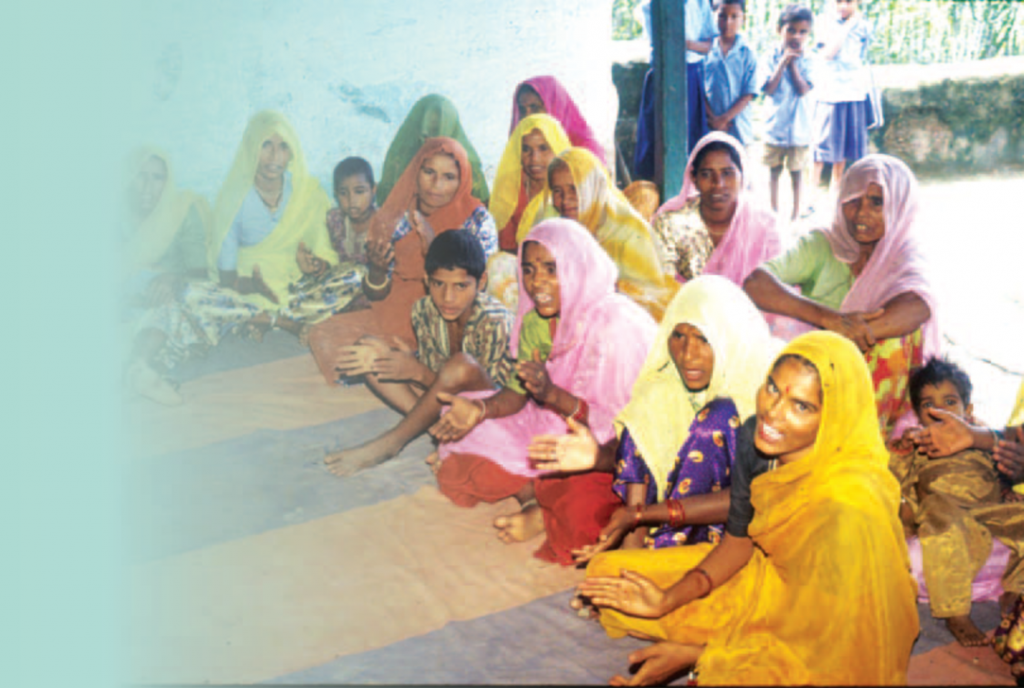
WHY ORGANIZE A MONTHLY HEALTH NUTRITION DAY IN EVERY VILLAGE
On the appointed day, ASHAs, AWWs, and others will mobilize the villagers, especially women and children, to assemble at the nearest AWC. The ANM and other health personnel should be present on time; otherwise the villagers will be reluctant to attend the following monthly VHND. On the VHND, the villagers can interact freely with the health personnel and obtain basic services and information. They can also learn about the preventive and promotive aspects of health care, which will encourage them to seek health care at proper facilities. Since the VHND will be held at site very close to their habitation, the villagers will not have to spend money or time on travel. Health services will be provided at their doorstep. The VHSC comprising the ASHA, the AWW, the ANM, and the PRI representatives, if fully involved in organizing the event, can bring about dramatic changes in the way that people perceive health and health care practices.
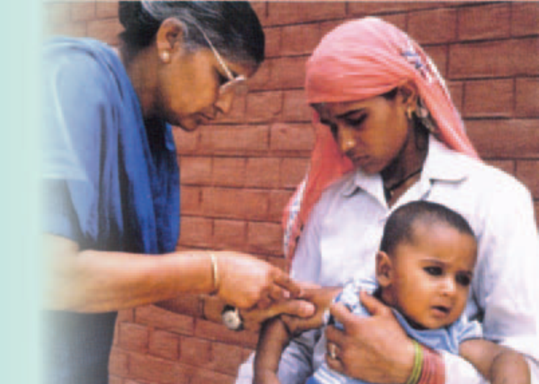
Rogi Kalyan Samities in Public Health Facilities :-
1.1 Background
Rogi Kalyan Samities (RKSs) / Hospital Management Committees were introduced in 2005 under the National Rural Health Mission (NRHM) as a forum to improve the functioning and service provision in public health facilities, increase participation and enhance accountability. The National Health Mission (NHM), recognizing the challenges in making RKS effective, reinforces and stresses on the need to strengthen the RKS to oversee governance and serve as an effective Grievance Redressal mechanism at the facility level, with active engagement of Panchayati Raj Institutions (PRIs)/Urban Local Bodies (ULBs). The quantum of funding for facilities under NHM has been recently revised and guidelines for untied grants now provide for funding based on facility caseloads and range of services provided. Experiences of RKS functioning across the country are mixed. While there are examples of effective
RKS functioning from several states, overall findings from Common Review Missions, monitoring visits, and evaluations indicate that strengthening RKS continues to be an important area of focus for moving forward. The findings also show that changes are needed in the governance structures, mandate, functions, revenue models, and above all a better understanding of members of their roles and responsibilities in enabling improved service quality and public accountability. These revised guidelines are the outcome of a national consultation organized in March 2014 by the National Health Systems Resource Center (NHSRC), with participation of representatives of nine states, (Assam, Bihar, Chattisgarh, Gujarat, Madhya Pradesh, Maharashtra, Tripura, Tamil Nadu and Uttar Pradesh), and members of the Advisory Group on Community Action (AGCA). Findingsof various reviews, evaluations, decisions of the Mission Steering Group and various state and Go guidelines were also reviewed. The present guidelines are intended to be illustrative and serve as a broad framework/ guidance for states with flexibility in adapting the guidelines. Similarly, existing institutional norms and mechanisms for RKS governance and rules and Regulations for the Society may be amended in consonance with the revised guidelines, wherever necessary and as appropriate to state context.
1.2 Objectives of the RKS
The Rogi Kalyan Samiti, as the name suggests, is a health facility level committee that holds the hospital administration and management accountable for ensuring access to equitable, high quality services with minimal financial hardship to service users. The committee is neither expected to run the day to day administrative functions of the hospital, nor is it to be concerned withmanagement of clinical services. The RKS would play a supportive and complementary role to the hospital administration in ensuring the provision of universal, equitable and high quality services, and in ensuring support services in addition to holding the administration accountable keeping the centrality of patient welfare in mind.
The following are the broad objectives of the RKS:-
- Serve as a consultative body to enable active citizen participation for the improvement of patient care and welfare in health facilities.
- Ensure that essentially no user fees or charges are levied for treatment related to care in pregnancy, delivery, family planning, postpartum period, newborn and care during infancy, or related to childhood malnutrition, national disease control programmes such as Tuberculosis, Malaria, HIV/AIDS, etc. and
- other government funded programmes which are provided as assurance or service guarantees to those accessing public sector health facilities.
- Decide on the user fee structure for outpatient and inpatient treatment, which should be displayed in a public place and be set at rates which are minimal and do not become financial barrier to accessing healthcare.
- Ensure that those patients who are Below Poverty Line, vulnerable and marginalized groups and other groups as may be decided by the state government, do not incur any financial hardship for their treatment, and create mechanisms to cover part/full costs related to transport, diet, and stay of attendant.
- Develop mechanisms to guard against denial of care to any patient who does not have the ability to pay, especially for services that are being provided at the government’s expense.
- Ensure provision of all non-clinical services and processes such as provisioning of safe drinking water, diet, litter free premises, clean toilets, clean linen, help desks, support for navigation, comfortable, patient waiting halls, security, clear signage systems, and prominent display of Citizens’ Charter,
- Ensure availability of essential drugs and diagnostics, and use of standard treatment protocols/standard operating procedures, patient safety, effective mechanisms for maintaining patient records, periodic review of medical care/deaths
- The RKS, as a part of the endeavor to enable assured health services to all who seek services in the government health facility will allow the hospital in charge to procure essential drugs/ diagnostics not available in the health facility out of the RKS funds. Such local purchases must be made only as a short term interim measure. The Executive Committee will review such purchases in each meeting and ensure that the rationale for the purchase is justified and that this is not undertaken repeatedly.
- Promote a culture of user-friendly behavior amongst service providers and hospital staff for improved patient welfare, responsiveness and satisfaction through inter-alia organizing training/ orientation/ sensitisation workshops periodically.
- Operationalize a Grievance Redressal Mechanism including a prominent display of the “Charter of Patient Rights ” (Annexure I) in the Health facility and address complaints promptly thus building confidence of people in the public health facilities.
- Create mechanisms for enabling feedback from patients, at least at the time of discharge and take timely and appropriate action on such feedback.
- Undertake special measures to reach the un-reached / disadvantaged groups e.g. Campaigns to increase awareness about services available in the facility
- Ensure overall facility maintenance to ensure that the facility conforms/aspires to conform to the Indian Public Health Standards (IPHS).
- Supervise, maintain, and enable expansion of hospital building for efficient and rational use and management of hospital land and buildings.
- Facilitate the operationalization of National and State Health programmes as appropriate for the level of the facility.
- Proactively seek out participation from charitable and religious institutions, community organisations, corporate for cleanliness and upkeep of the facility.
- Facilitate participation and contribution from the community in cash/kind (drugs/ equipment/diet), labor including free professional services.
